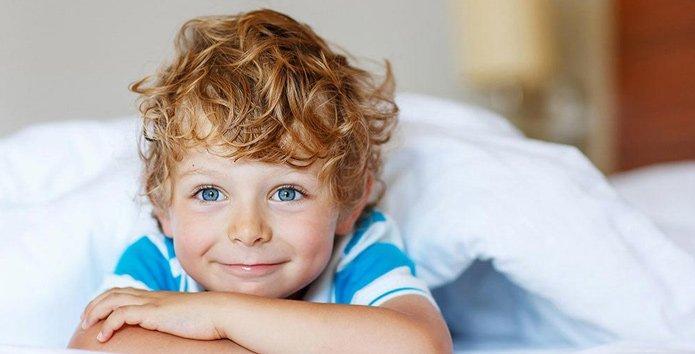TREATING BEHAVIOR-BASED SLEEP PROBLEMS
Children in the pre-school ages of 2 to 6 may develop an aversion due to night-time anxiety and fears that typically spring from their active imaginations. (The classic "Monsters in the Closet" scenario.) Add to the mix the growing sense of independence of this age group and a chronic bedtime avoidance situation may develop.
As children grow and begin to experience school environments and frequent social interactions, worries about issues from the child's expanding world may trigger tactics designed to avoid bedtime and its "boogeymen." Furthermore, stimuli and stresses once introduced at adolescence - internet technology, organized sports and elaborate birthday parties, for example - have now emerged in the lower age groups and may trigger cascading thoughts and worries that interfere with sleep.

As sleep research grows, an increasing number of behavioral-based treatment approaches have succeeding in improving sleep in both youngsters and adolescents. They are applicable to common causes of insomnia among the young and deal with both bedtime habits and the emotional aspects of insomnia. One treatment example: Pre-bedtime posting in a journal the youngster's negative thoughts or worries, so the mind can be free to sleep, has proven successful for both elementary and high school students.
The multitude of behavioral approaches to improve childhood insomnia are too numerous to relate here. NY Metro Sleep will select the appropriate program only after conducting a multi-faceted evaluation of the individual. That evaluation includes interviews with the parents and child, physical examination, and perhaps an overnight sleep study.